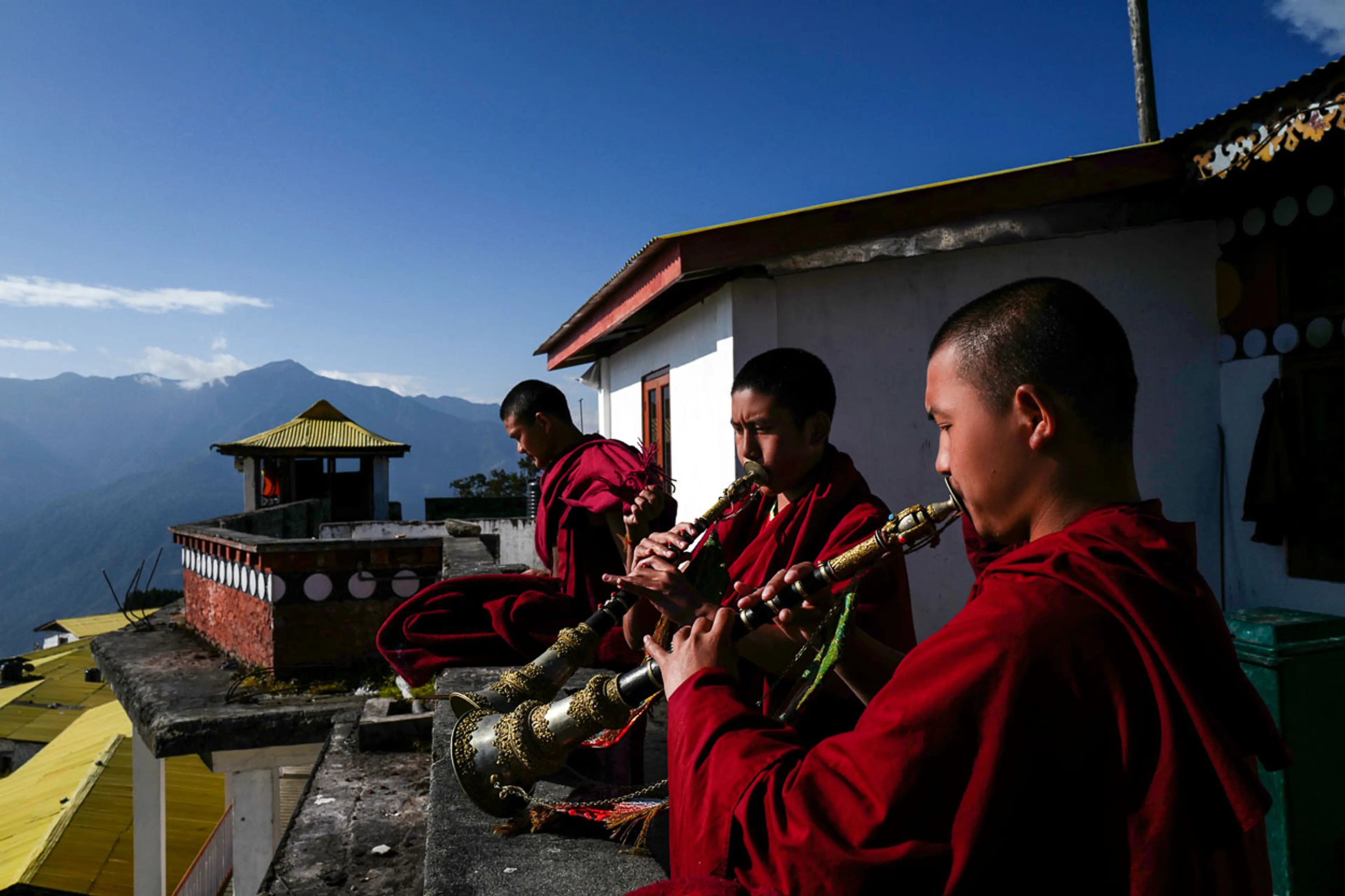Arunachal Pradesh, at the extreme North Eastern frontier of India, is blessed abundantly by nature and is often celebrated as the Land of the Rising Sun. Its undisturbed and uncontaminated ecosystem remains its greatest strength, reflecting the quiet, untouched beauty that defines the region. Across the western and eastern districts, the unpolluted environment embraces high-altitude lakes, crystal-clear water bodies, slopes of blooming rhododendron, deep wilderness, endemic ethnic villages, historical war memorials, and sacred religious sites. Together, these landscapes make Arunachal Pradesh an enviable sanctuary for eco-tourists, adventurers, and nature lovers exploring Arunachal Pradesh tourism and its diverse tourist places. For academicians and researchers, the territory presents a natural archive of rare flora and fauna, while archaeological sites draw students and scholars eager to understand its layered heritage.
The vast Arunachal Pradesh landscape is shaped by powerful rivers such as the Siang, Subansiri, Kameng and Lohit, flowing alongside tropical forests, alpine belts, snow-clad mountains, organic farmlands, orchards and scattered ethnic settlements. Much of the land remains untouched by environmental or cultural pollution, surrounded by dense forests and remote villages where life moves to the rhythm of the terrain. Traditional agricultural practices—organic farming, paddy-cum-fish cultivation, apple orchards, kiwi groves, citrus belts and pineapple plantations—add to the natural character of the region and offer an enriching layer to the visitor’s journey.
The socio-cultural panorama of Arunachal Pradesh is evolving gradually, reflecting both change and continuity. While modern influences slowly blend into everyday life, strong elements of cultural plurality and tribal identity remain deeply rooted. Communities across Tawang, Ziro, Pasighat and other regions continue to uphold seasonal festivals, traditional dress, ancestral customs and village rituals. The transition unfolded in phases—early (before 1826), middle (1826–1947) and modern (post 1947)—each contributing to the cultural mosaic seen today. The coexistence of tradition and transition creates a unique atmosphere where the past and present flow together seamlessly.
With its high mountains, snow-capped peaks, spirited rivers, green valleys and thriving wildlife, Arunachal Pradesh remains an ideal destination for travellers seeking rugged, soul-stirring landscapes. Even those who have trekked through the Amazon or walked the dense trails of Borneo find themselves captivated in places like Tawang, West Kameng, Namdapha National Park and the Dibang Valley. The lakes mirror the tranquillity of Wordsworth’s verses, while the ribbon-like rivers—darting across pebbled beds—invite the traveller into forested paths leading to the warm aroma of tribal cuisine and bamboo-crafted homes reminiscent of community homestays in Arunachal. These experiences reflect centuries-old habitats, customs and oral stories preserved across untouched terrain bordering Bhutan, Tibet and Myanmar. In this land of early dawn, where the sun’s first rays gently touch mountains, forests and streams, travellers continue to find inspiration—whether studying the Arunachal Pradesh tourism map, searching how to reach Arunachal Pradesh, or planning routes through the Arunachal Pradesh train line.

